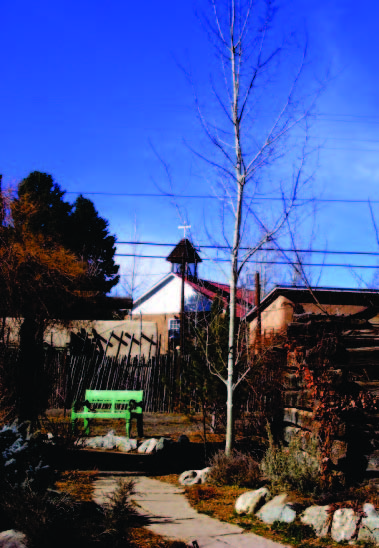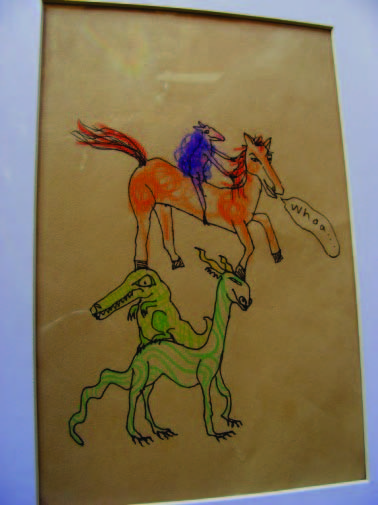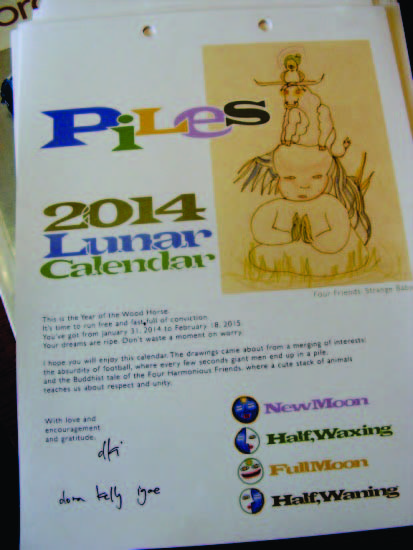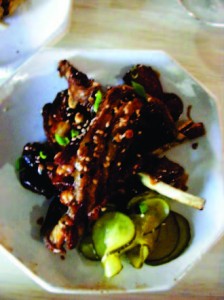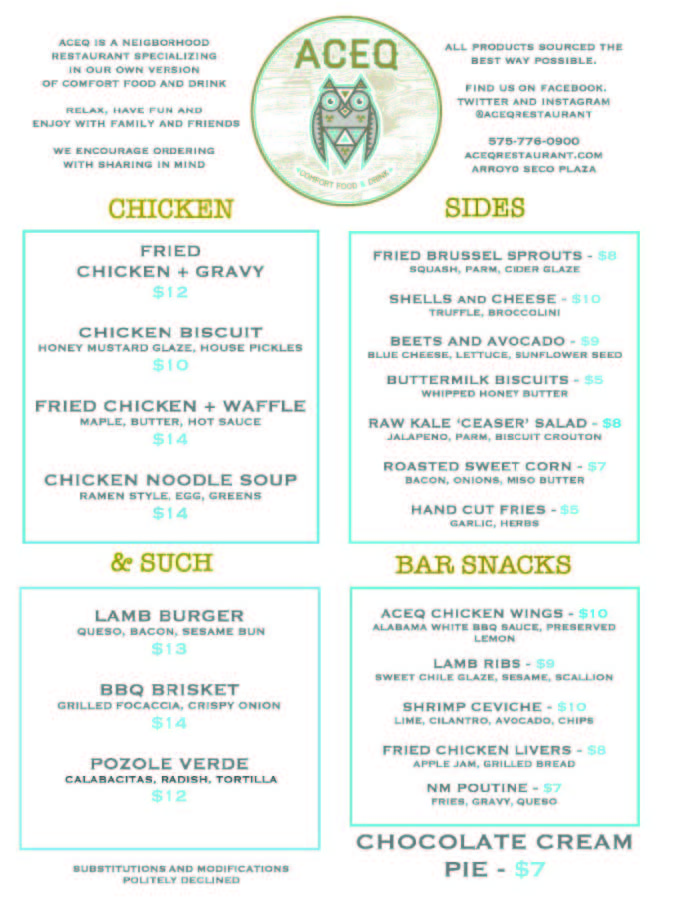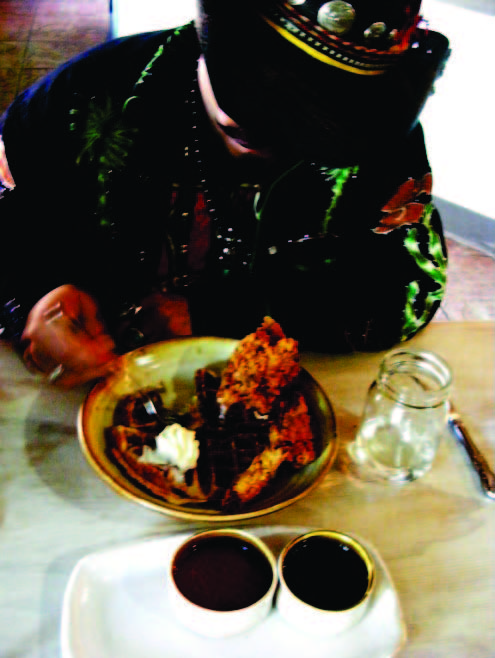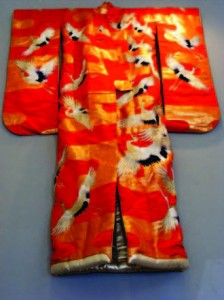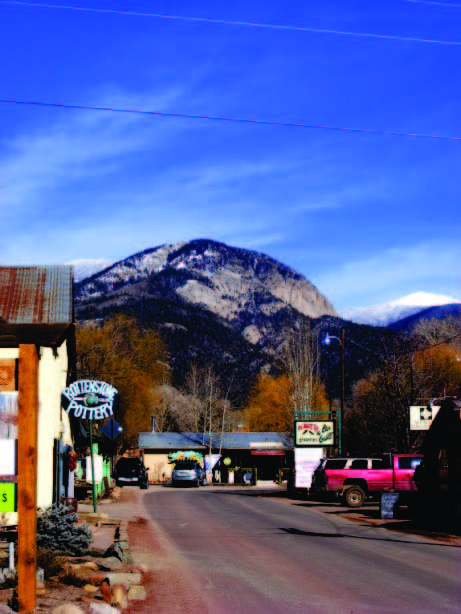 Newcomers to Taos and those just passin’ through are often overwhelmed by the amount of things to do and see here. A year-round cycle of arts events and outdoor recreation can frequently lead to a full agenda that has visitors travelling north, south, east and west of town on a daily basis just to be able to soak it all in.
Newcomers to Taos and those just passin’ through are often overwhelmed by the amount of things to do and see here. A year-round cycle of arts events and outdoor recreation can frequently lead to a full agenda that has visitors travelling north, south, east and west of town on a daily basis just to be able to soak it all in.
Often, it’s those businesses that are strategically located close to downtown who seem to pull the lion’s share of tourists and commerce. Conversely, the ski valley pulls its fair share of visitors as well, and has its own distinct culture that is a destination in and of itself.
Both these options would obviously impress any tourist with their abundance of activities and dining options. However, they don’t give a true sense of what it’s like to live in northern New Mexico on a daily basis.
It’s been noted in the past that time distinctly seems to slow down here. The land of mañana is an apt phrase, and partially the reason we choose to live here. The area seems to intuitively make one want to savor its treasures and take the time to commune with them on a deeper level.
I often feel sorry for the throng of tourists that pour through town on any given weekend as I watch them rush about, or sit frustrated in downtown-traffic, trying to get from here to there. There’s too much to see and feel when here, and it’s virtually impossible to do it in a couple of days.
The daily grind of life in Taos seen from the outside is deceivingly simple. It’s felt that the fact we’re surrounded by natural beauty should be enough to have us counting our blessings as we’re tuned in to the ageless, beautiful and oftentimes dangerous frequency of this spot.
But as with any tourist town, there are always at least two faces to the place. One is somewhat cordial and eager to please, knowing that your dollar is important and that you’re probably blissed-out by the natural beauty. The other is cynical and matter-of-fact, knowing full well that you’re in a place that demands sacrifice and can take from you what you’re not willing to give.
It’s an interesting dichotomy, and so, when people move to town who I hope will stick around for awhile, I try my best to give them the lay of the land and provide them with the tools to get the best of what this place has to offer.
When local artist El Moíses moved here this past winter to open his Immaculate Heart Gallery, I knew I’d want to keep him around. With some people the connection can seem to fit right off the bat, and as I spent more time with him and his family, I knew I had found a kindred spirit. He’s the sort of dignified vato one wants in a place so steeped in its history and simultaneously so contemporary in its thinking. So, with the idea of showing him the hidden jewel that is Arroyo Seco, I asked him to clear his calendar for an afternoon.
The Analogy of the Three Yanas
Last night, while on a pleasant after-dinner stroll with the family out on the Llano south of town on County Road 110, I was reminded of the majesty of this place as it unfolded from the tip of Pueblo Peak and El Salto out west in a wave of sage and tan dotted with innumerable boxes, all the way out to the gorge of the Rio Grande. The setting sun cast pink and orange gradations on enormous clouds that doggedly hung to the east and south, making the sky look as if it were something out of a renaissance Titian tableau.
From out on the plain, one gets a sense of the vastness of the valley, and in my mind’s eye I followed the road up from Seco to the ski valley and from there to the top of Wheeler Peak, imagining what the view from up there would hold, when I’m suddenly reminded of the three Yanas of Buddhism.
Sometime after his enlightenment at the Deer Park in Benares the Buddha presented his first teachings to the public, which he referred to as, “the first turning of the wheel.” Amongst Buddhists, those teachings are commonly referred to as the Hinayana, or lesser vehicle.
Later in his life he gave another set of teachings to a select audience, and that second Yana is referred to as the Mahayana, or “great vehicle.” Considered the second and third turning of the wheel, the concepts of emptiness and Buddha nature are introduced therein; however, he informed the participants that the world was not ready for the teachings, and they weren’t introduced to the world until after his death.
It’s said the final Yana, or turning of the wheel was transmitted by the Buddha from the other side of reality. In this sambhogakaya form, the teachings came to a few of the most advanced disciples and are commonly referred to as the vajrayana, or “diamond vehicle.”
The three yanas are said to correspond to varying comprehension levels and have their own particular doctrines that are presented in their various forms. They can be seen as a landscape, with the Hinayana on the valley floor, the Mahayana up in the hills, and the vajrayana at the top of the steep mountain.
It’s in this fashion I suddenly saw Taos, Arroyo Seco, and Taos Ski Valley on my walk that majestic evening, fleshing out my theory in my mind’s eye by seeing this place from the eye of the visitor or neophyte as they pull into town.
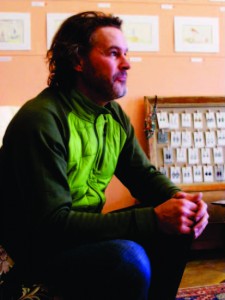 Picturesque Pueblo peak in the background and the shops of downtown generally keep the day trippers occupied within Taos’ town borders. If here a couple of days, they might visit the ski valley for a day, passing through Seco in a blur and back to their quarters downtown. It would take several days at least to get a sense of the scope of our place and its diversity. What might be revealed in going from the valley floor to the top of the mountain, like the teachings of the Buddha, might take a lifetime to comprehend.
Picturesque Pueblo peak in the background and the shops of downtown generally keep the day trippers occupied within Taos’ town borders. If here a couple of days, they might visit the ski valley for a day, passing through Seco in a blur and back to their quarters downtown. It would take several days at least to get a sense of the scope of our place and its diversity. What might be revealed in going from the valley floor to the top of the mountain, like the teachings of the Buddha, might take a lifetime to comprehend.
Like the vajrayana, the live-wire mountain energy is present in Arroyo Seco in the sharply-etched face of El Salto’s endless gaze, and like the Hinayana, it is also accessible, with all the trappings of the town below. Like the Mahayana, Arroyo Seco is both esoteric and exoteric; there for anyone to see, but only revealed to those that can see.
Why the Chicken Crossed the Road and the Art of the Left Hand
With the idea that I’d show Moisés the esoteric side of Seco, we headed out of town from his gallery on a sunny winter’s day and headed north. Our first stop was Charles Baston’s Once Consignment, a small utilitarian space with high ceilings and a down-home vibe that has oftentimes made me feel that it’s the unofficial living room of Seco.
Baston is laid back and intelligent with a casual air of bookishness about him. His space is an example of the vast array of styles and influences that find their way to this neck of the woods — some exotic, some apparently tailored to the place. He cultivates a pressure-free shopping environment without being insouciant, often filling the space with relaxing ambient electronica.
In addition to chic clothes and tasteful trinkets, Baston’s discerning eye extends to photography and art as well. There are several excellent Marcus Best photographs adorning the walls among a show of small, framed original works by local artist Kelly Igoe done in a whimsical fashion, but rife with symbolic meaning and subtle humor.
Moisés and I are admiring Kelly’s work and pointing out subtle things we like to one another when Charles appears at my elbow. “I really like the capricious style she used,” I say to Charles without turning around.
“She did most of them left-handed,” he adds. “Oh…interesting, I reply, not sure how to respond.
After a pause he casually adds, “She’s right-handed.”
In light of that fact, the drawings appeared even more charming and ingenious, displaying the sort of subtle irony and wit usually missing from the representational art commonly found in the Southwest. Baston also carries her 2014 Piles Lunar Calendar, executed in the same fashion. Like Taos itself, Igoe’s work is unpretentious on the surface, yet incredibly complex in the simplest of ways.
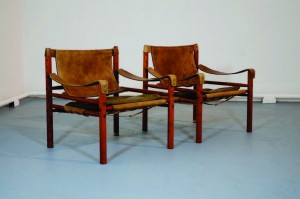
Kicking back in a vintage 1964 safari chair from acclaimed 60’s and 70’s Swedish furniture designer, Arne Norell, the feeling is regal and ergonomically satisfying. The fact the chairs are highly collectible and steeped in pedigree add to their allure, their timeless design part of the blueprint for the majority of “modern” furniture flooding the expansive floors of generic retail outlets.
We’re getting hungry, and there’s still a lot to see and do, so we say our goodbyes to Charles and head across the street to Taos Cow — the place that introduced me to the delights of Lavender Ice Cream — and Moisés immediately starts a deep conversation with the counter help about art, life, and ice cream that could go on interminably, but I manage to pull him away after a few minutes, as the clock is ticking and my stomach growling.
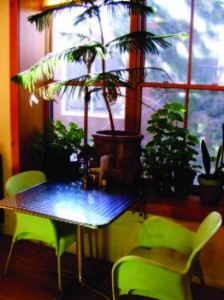
I assure Moisés the ice cream is world class, and he says, “Oh — I can tell, you can tell just from talking to the people and looking at it.” His statement confirms my belief that an artist’s view of art and life don’t start with the canvas, but ends there. It’s the final point where musings and mind come together in what is uniquely the person holding the brush, or pencil.
We mosey across the street to Sol Café and Market, as I want to show him that in addition to Cid’s, there’s another place in town to procure organic, locally-sourced products, as well as delicious, well-made sandwiches and picnic fare for those hikes in the ski valley.
The vibe in Sol is laid back and eclectic — a sort of Dr. Caligari’s cabinet of obscure and intriguing elements. Moisés peruses the aisles, checking things out while I take a seat at one of the tables in the café, warm with green light softly filtering in through the leaves of a colossal plant.
He joins me a few minutes later and we quietly sit at one of the tables soaking up the stillness, hanging patiently for a few minutes and reflecting on what we’ve seen so far and how it differs from the Hinayana of Taos proper.
Before I know it, its three o’clock, and therefore time for the pièce de résistance, as Aceq restaurant is opening its doors for their new winter hours.
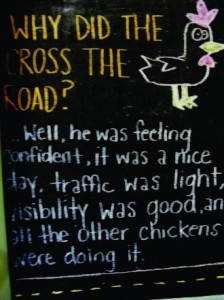 In the past I’ve lauded Aceq for their farm to table approach, originality and consistent quality, and as Moisés is somewhat of a gourmand who factors food into his artistic vision in heavy doses, I wanted to get these two forces together.
In the past I’ve lauded Aceq for their farm to table approach, originality and consistent quality, and as Moisés is somewhat of a gourmand who factors food into his artistic vision in heavy doses, I wanted to get these two forces together.
We’re the first ones in the restaurant and find Chef-Owner Noah Pettus finishing up his mise en place (getting all the ingredients used on the menu organized).
I introduce him and Moisés and we shoot the breeze for a minute before getting into the business of ordering. It’s the first time I’ve had his 2014 winter menu, and am curious to see what he’s come up with.
As we’ve got to get back to our respective families for dinner, we decide to share a couple of small things, deciding on the Fried Chicken & Waffle with maple butter & hot sauce, and the Lamb Ribs with sweet chile glaze, sesame & scallion.
The Lamb Ribs are homage to Korean bbq in a New Mexican context. The perfect juxtaposition of sweet and spicy, they’re delicate and slide off the bone gracefully, with the scallions and side of house-made pickles bringing just enough acid to the table.
Pettus does chicken masterfully, always finding a deft balance of crispiness and juiciness. The Chicken & Waffles holds true to form, with a pastry-grade waffle underneath, maple butter and hot sauce; you get the same profile as the Lamb Ribs, but in a decidedly southern-comfort fashion.
Moisés goes quiet when he digs into the chicken and in the silence just shakes his head every so often in disbelief of how good it is.
After a minute or so, he leans back in his chair, and as he wipes his mouth with a napkin, quietly says, “Damn, bro. This is legit.”
I shoot back, “come on, carnal, you know homey don’t play,” in my best Edward James Olmos voice, and he gives me a courtesy laugh. We dust the ribs in no time, but the waffles prove insurmountable, so we take them away.
Driving back into downtown we discuss the differences in vibes between Seco and Taos. There are pluses and minuses on either side, or I suppose it simply comes down to what one is in the mood for and what their looking to experience.
Seco is the size of a tiny theme-park, but it has a distinct quality that places one on a higher plane when there. Perhaps it’s the altitude, perhaps it’s what one of its most popular residents, acclaimed author Frank Waters wrote about the place. Specifically, that it has a bewitching quality to it that is said to originate from caves behind a hidden waterfall on the backside of the sugarloaf shaped ridge, a place where human sacrifice was said to have taken place, and is therefore steeped in the mythology of the bruja, or witch.
Quien sabe? Who knows? What we do know is that in this middle place between mountain and valley, there is a treasure trove of ideas and ideals that make it utterly distinct, and second to none.

